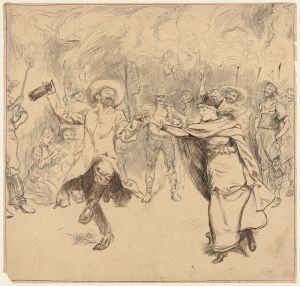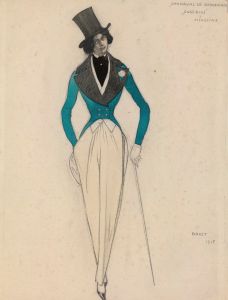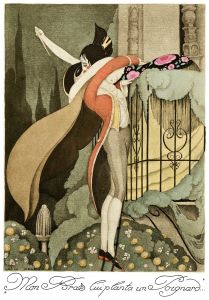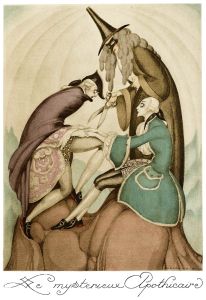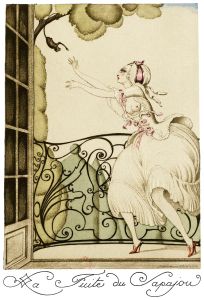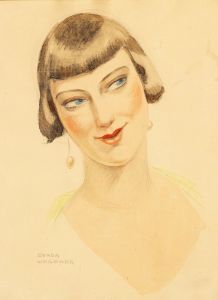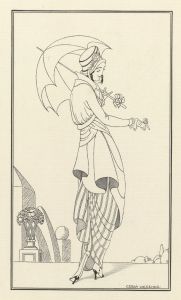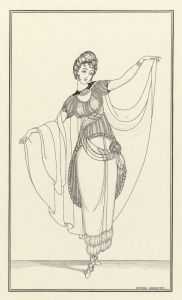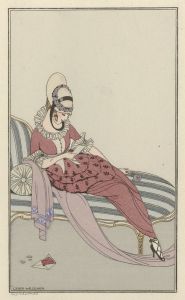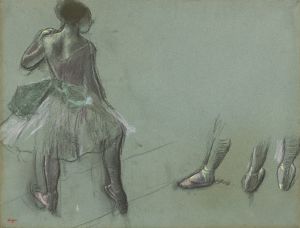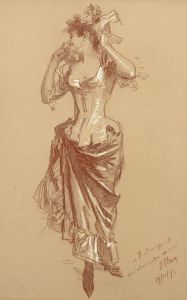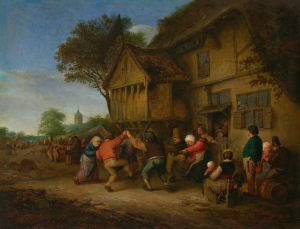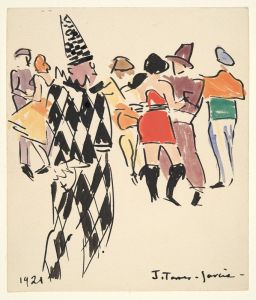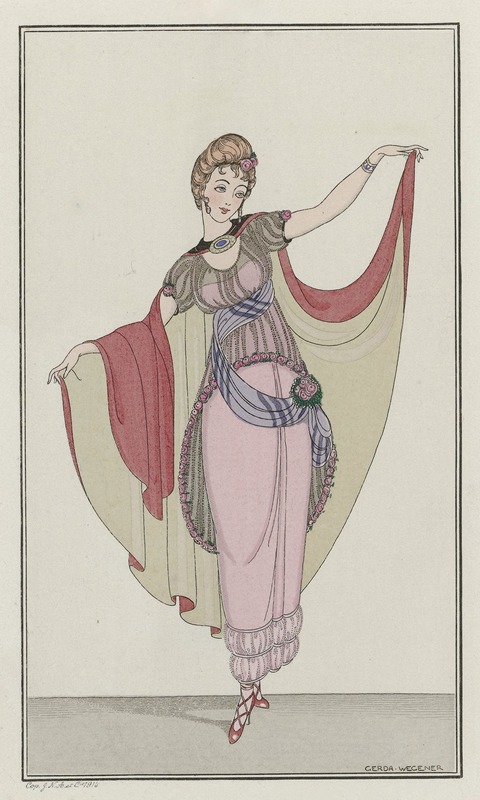
Robe à danser
A hand-painted replica of Gerda Wegener’s masterpiece Robe à danser, meticulously crafted by professional artists to capture the true essence of the original. Each piece is created with museum-quality canvas and rare mineral pigments, carefully painted by experienced artists with delicate brushstrokes and rich, layered colors to perfectly recreate the texture of the original artwork. Unlike machine-printed reproductions, this hand-painted version brings the painting to life, infused with the artist’s emotions and skill in every stroke. Whether for personal collection or home decoration, it instantly elevates the artistic atmosphere of any space.
Gerda Wegener was a Danish illustrator and painter known for her Art Deco style and her depictions of fashionable women and gender fluidity. One of her notable works is "Robe à danser," which translates to "Dancing Dress" in English. This painting exemplifies Wegener's distinctive style, characterized by its vibrant colors, elegant lines, and a sense of playful sophistication.
"Robe à danser" captures the essence of the 1920s, a period marked by significant social and cultural changes, particularly in the realms of fashion and gender roles. The painting features a woman in a flowing, stylish dress, embodying the spirit of the Jazz Age. Wegener's work often celebrated the liberated woman of the 1920s, reflecting the era's shift towards more relaxed social norms and the emergence of the "flapper" as a cultural icon.
Gerda Wegener's art is often associated with her personal life, particularly her relationship with her spouse, Lili Elbe, one of the first known recipients of gender confirmation surgery. Wegener frequently painted Elbe, and their partnership was a significant influence on her work. This connection to themes of gender identity and transformation is subtly present in "Robe à danser," as the fluidity and grace of the figure in the painting can be seen as a metaphor for the fluidity of gender and identity.
The painting is a testament to Wegener's skill in capturing the elegance and dynamism of her subjects. Her use of color is particularly noteworthy; she employs a rich palette that brings vibrancy and life to the canvas. The attention to detail in the fabric of the dress and the posture of the figure highlights Wegener's background as a fashion illustrator, where precision and an eye for style were paramount.
Wegener's work, including "Robe à danser," was celebrated during her lifetime, particularly in Paris, where she spent much of her career. The city was a hub for artists and intellectuals, and Wegener's art fit well within the avant-garde movements of the time. Her exhibitions were well-received, and she gained a reputation for her ability to blend traditional portraiture with modern, sometimes provocative themes.
In recent years, there has been a renewed interest in Wegener's work, partly due to the broader recognition of Lili Elbe's story and the exploration of gender identity in contemporary discourse. "Robe à danser" and other works by Wegener are appreciated not only for their aesthetic qualities but also for their cultural and historical significance.
Overall, "Robe à danser" is a striking example of Gerda Wegener's contribution to early 20th-century art. It reflects the dynamic interplay of fashion, gender, and modernity, encapsulating the spirit of an era while also resonating with contemporary themes of identity and expression.





